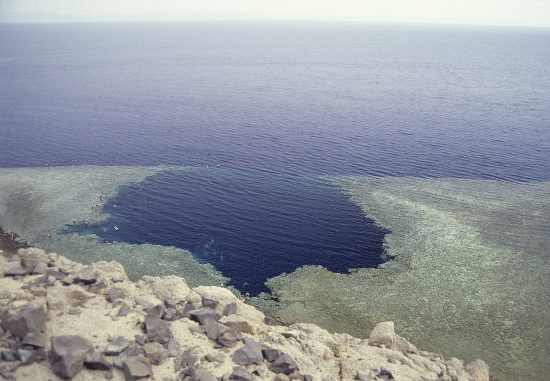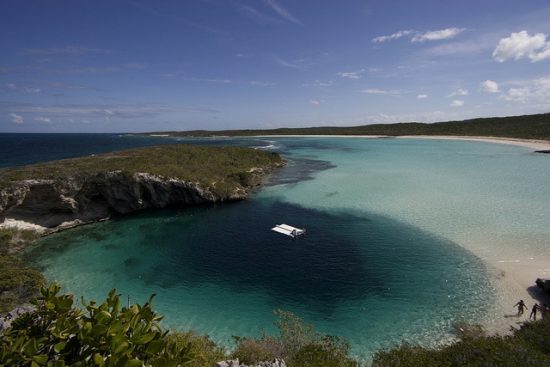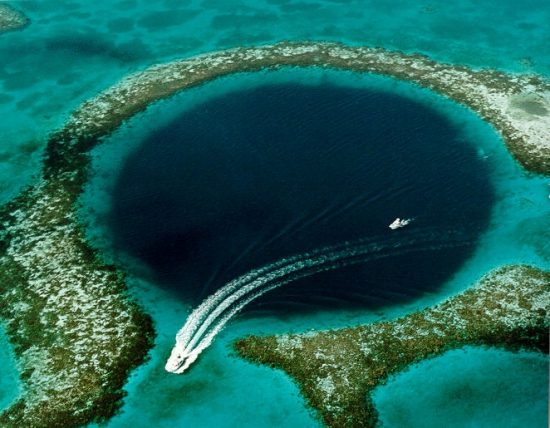




Blue holes are
chasms which fall into deep abysses, some of which are very close to the coast,
and they represent a true paradise for freedivers from all over the world.
Impressive depth,
calm waters, and in most cases a lack of currents mean that blue holes are the
ideal place to practice freediving and meet other freedivers.
The most well known
blue holes are:
The Dahab Blue Hole:
Situated on the
Sinai Peninsula north of Dahab, and around 100km from Sharm el Sheikh, the
Dahab Blue Hole has a diameter of around 100m and reaches 100m in depth. It is
close to the water’s edge and can be reached easily using a walkway connecting
it to the coast.
Freedivers from all
over Europe and further afield meet here to train or refine technique under the
best conditions.
Dean's Blue Hole:
Dean’s Blue Hole can be found in the bay of Clarence Town, Long
Island, in the Bahamas. It can be reached from the coast without using a boat,
and at 202m in depth it is the deepest blue hole in the world.
Every year, one of the most important and prestigious
competitions in deep freediving, ‘Vertical Blue’, takes place, where freedivers
from all over the world meet to challenge each other in various freediving
disciplines.
The Great Blue Hole:
This blue hole can be found off the east coast of Belize, in
the Caribbean Sea. It cannot be reached easily from the coast, and is at the
centre of the Lighthouse Reef atoll, around 60km from Belize City. The
cavity is almost perfectly circular, around 300m wide and 123 metres deep.
Due to its position, the place has remained uncontaminated,
and thanks to the colours of its reef, the Great Blue Hole represents one of
the most wonderful dive sites in the world for me to practice freediving.
 Gianluca
Gianluca 25th October 2016
25th October 2016